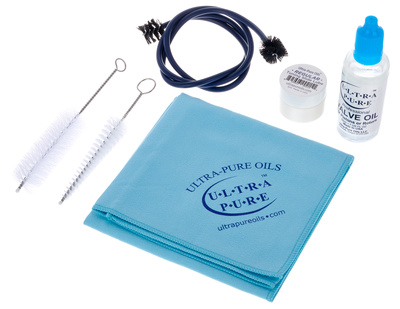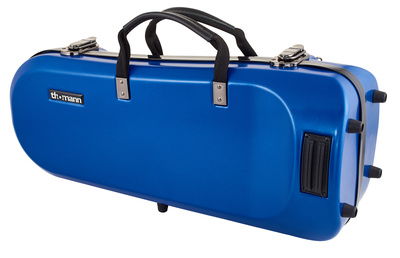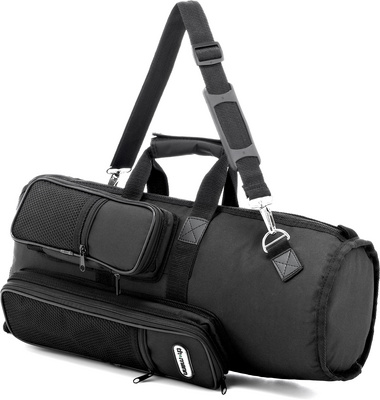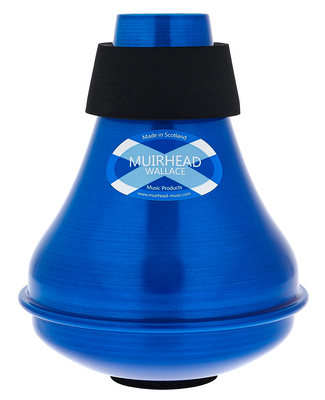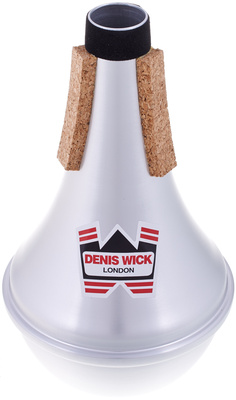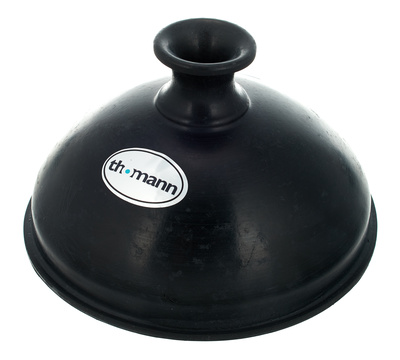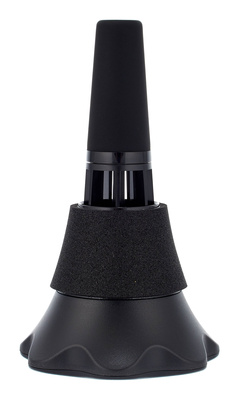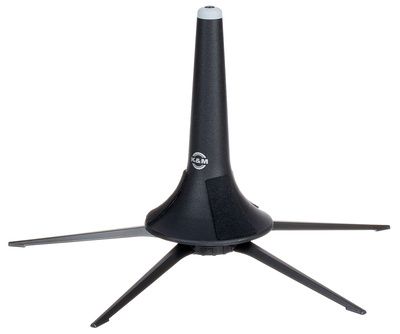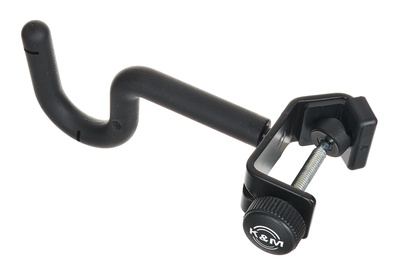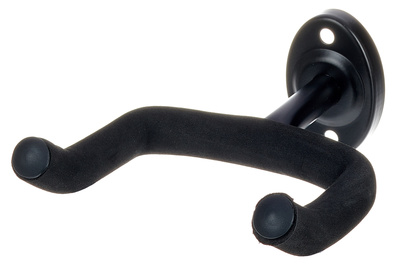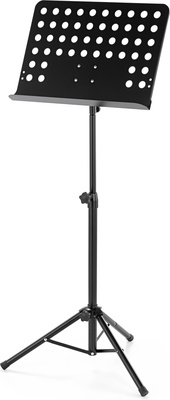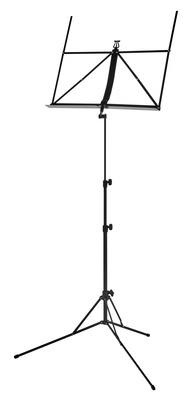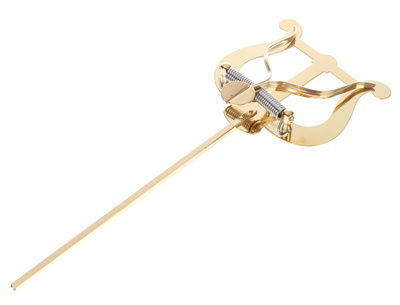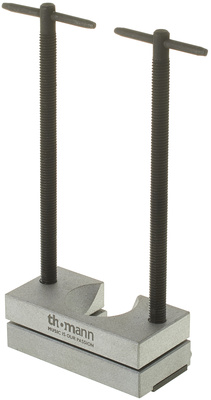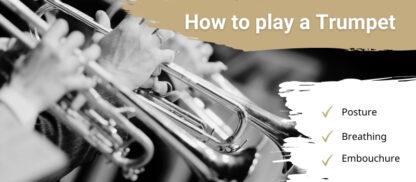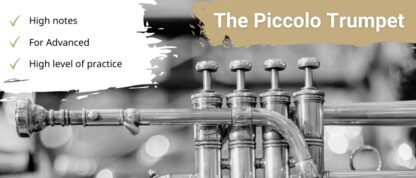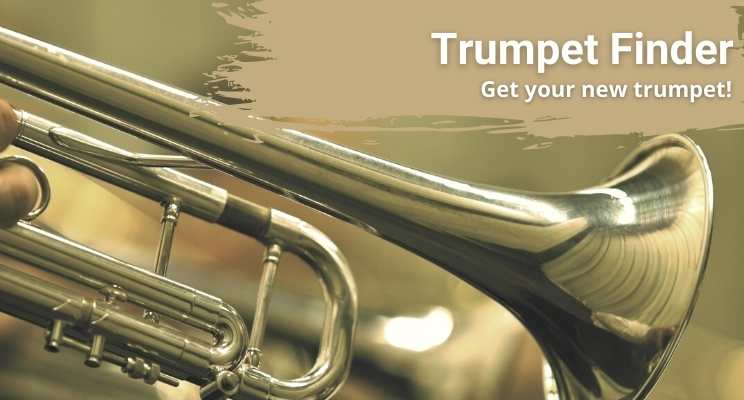With the right trumpet equipment, you can enjoy your trumpet more and longer. Anyone who already owns a trumpet knows that good care is important for a well-functioning instrument. The sensitive material must be cleaned regularly, the valves must be oiled. But you can make your life easier not only when it comes to cleaning: There are also numerous accessories for concerts and the way there, which can make learning the trumpet easier for you and protect your trumpet well on the way. We show you the most important equipment for the trumpet!
When and how to clean a trumpet?

When you play, condensation from the air you breathe collects in your trumpet. Since the saliva acids contained in the water attack the material, you should clean it regularly. Hand perspiration can also attack the material. We have all the tools you need for thorough trumpet care.
After practicing
After each practice, you should drain off the condensation via the water flaps. Afterwards, it is best to let the trumpet dry completely before storing it in the case or bag. If you have to store the trumpet directly after a performance in order to transport it, it is best to take it out of the bag again at home to allow it to dry properly.
After playing, lacquered instruments should be wiped with a microfibre cloth and sprayed with lacquer polish to protect the surface from aggressive hand perspiration. Similar polishes are also available for silver-plated or gold-plated surfaces. However, they should be used sparingly to keep abrasion of the coating to a minimum. Completely untreated instruments are best treated with a brass polish.
Intensive cleaning
The acids in saliva are still aggressive even when dried. Therefore, the trumpet is cleaned thoroughly every 3 months. It is rinsed completely from the mouthpiece to the bell. A rinsing attachment can make the work easier. Then dismantle the trumpet into its individual parts and soak them in lukewarm rinsing water. Carefully clean the individual parts one by one with a cloth or soft sponge to remove all deposits and grease residues. After you have rinsed all the parts with clear water, you can dry them from the outside with a cloth and let them air dry to the end. You should avoid wiping the inside and the valve bushings to avoid lint.
After such an intensive cleaning and also if necessary, the trumpet is greased and oiled. All plug-in connections and the tuning slides are rubbed with the appropriate grease. This protects them from moisture and prevents them from seizing up. The valves are treated with special valve oil. Pressing down the valves several times ensures that the oil is distributed evenly and all valves run smoothly again.
Trumpet equipment for safe transport
Whether to school, music lessons or concerts – your own instrument should always be stowed safely. The brass of a trumpet is very susceptible to dents, which can sometimes impair the sound. A safe and practical means of transport and storage is therefore an absolute must-have. We present you with various options:
Solid cases
Firm hard cases protect the trumpet from falls and bruises. Inside, there is a precisely fitting cushion so that your instrument cannot wobble back and forth. The trumpet is not crushed by the hard shell and falls are also absorbed. The cases are usually opened horizontally so that they can be quickly stowed or put away, even in concerts.
The disadvantage is that the cases are heavy and unwieldy. If you often travel with them, perhaps only have the bicycle available or have to carry other bags, a hard-shell case may not be the right choice.
A Gig Bag
Gig bags are padded bags for instruments. They are made of fabric and well lined. Sometimes they are reinforced with plywood to better protect the instrument. Although these bags cannot protect against falls and bruises as well as hard cases, they are much more handy. In contrast to the hard case, the instrument lies partly loose in the case and not in specially adapted pads. With multi-part instruments, it can happen that the individual parts hit against each other and, in the worst case, damage each other. To avoid this, most bags have several compartments in which all parts can be stowed individually. There is also room for other accessories such as valve oil or a music stand.
Trolleys
Trolleys are available as gig bags and hard cases. As a trolley, the bags and cases can be conveniently pulled behind on wheels. This makes actual transport much easier. The dimensions and weight then also have less of an effect on handling. Nevertheless, the trolley device also takes up additional space. So if space is often tight – on the bus at rush hour, for example – a trolley may not be worth it after all.
Mutes for the trumpet
Mutes do exactly what their name implies: they dampen the sound. This is especially helpful when practising, if you want to spare the neighbourhood. But mutes also change the sound of an instrument, which is why people like to experiment with them. There are different types of mutes, we will introduce you to the most common ones:
The exercise mute
In principle, the practice mute is self-explanatory: It reduces the volume when practising, so that playing the trumpet at room volume is possible even in a rented flat. It is also a good way to discreetly warm up before concerts. The practice mute is located in the bell and only allows air to escape through a few small holes.
Straight mute
The straight mute is often called “pointed mute” because of its pointed shape. The mute is inserted into the bell and closes it almost completely. Straight mutes are made of different materials, which have different effects on the sound: Mutes made of aluminium, for example, sound bright and rough, while plastic mutes sound rather warm.
Plunger
The bucket does not sit in the bell, but is held in front of it with the hand. It is therefore not for continuous use, but for short effects. By holding the plunger closer or further in front of the bell while playing, the so-called wah-wah effects can be produced.
The pickup mute damper
Most mutes not only minimise the volume, but also distort the sound of a trumpet. This means that you can no longer rely on your hearing when practising. It’s different with the pickup mute mute. It works like an amplifier on a guitar: inside the bell, it picks up the sound played with a microphone and passes it on via headphones. This makes it possible to practise quietly, but still train the ear.
Holders for trumpets and mutes
If you have to switch back and forth between several trumpets during a concert, you need a place where the trumpets are safely stored during this time. Trumpet holders are ideal for this purpose. But they can also be useful at home, for example to let the trumpet dry after practising or to present it stylishly on the wall. It is not one of the things you’ll need right from the start but we recommend you to get one over time.
Stand brackets
The feet for the trumpet are funnel-shaped. The trumpet is placed upside down on them. With 3 or 5 feet, these stands offer a secure stand. When the stand is not in use, it can be folded up and stored in the instrument bag.
Clamp brackets
Clamp holders can be attached to the music stand, for example. The trumpet is hung in it. Above all, this saves space, not only during transport but also in concert. Instead of a hodgepodge of trumpet and mute holders, music stands and drinks, there is then only one music stand to which everything can be attached. Such clamp holders are also available for mutes and drinks.
Wall brackets
With a wall holder, you can present your trumpet nicely when you are not using it. This has the advantage that it can always dry well – and it also looks great. Keep in mind, however, that the instrument is constantly exposed to dust and may need to be cleaned more often.
Music stands and marching forks
Whether on the road or in the orchestra pit – the sheet music has to go somewhere. Wildly flying sheets of music do not look nice and only cause confusion and, in the worst case, a bad posture while playing. Sooner or later, a good music stand will become standard equipment and therefore its one of the things important enough to invest in right from the start.
Solid music stands
Whether practising at home or rehearsing in an orchestra – it is worth investing in a good music stand. It has a secure stand, is height-adjustable for optimal adjustment and can hold your sheet music well without it buckling or falling off.
Music stand for on the road
If you travel a lot with your trumpet, you can also get a folding music stand. This is quickly assembled and disassembled and can be stored in the instrument bag to save space when travelling. These models can also be adjusted in height. Make sure that the stand is stable and that your sheet music does not slip or bend.
Music stand lights
So that you can easily see which notes are to be played in the orchestra pit, there are special lights for music stands. These are clamped on and then illuminate your sheet music without disturbing the rest of the atmosphere in the hall.
Marching forks for trumpets
If you play in a marching band, you probably already know the music holders that are attached to the bell of the trumpet. This way you always have your sheet music at hand and in good view. You can choose the marching forks according to the material of your trumpet so that the aesthetics are not disturbed. Outside the marching context it is none of the urgently need trumpet accessories.
Hand and handle protection
A grip or hand protector is there to protect your trumpet from hand perspiration. This attacks the material, which can lead not only to unattractive visual changes, but also to differences in sound. The protection also improves the grip, so that the trumpet doesn’t slip so quickly and you might lose your balance because of it.
Mouthpiece extractor
Especially if the inside of the trumpet is a bit damp, it can happen that the mouthpiece gets milled in. In this case, you should never try to pull the mouthpiece off by force. This could cause damage that usually cannot be completely repaired afterwards. Instead, you can remove the mouthpiece with a special puller. The trumpet is clamped in this and released with even pressure. However, this is not one of the trumpet accessories that are needed right from the start.







